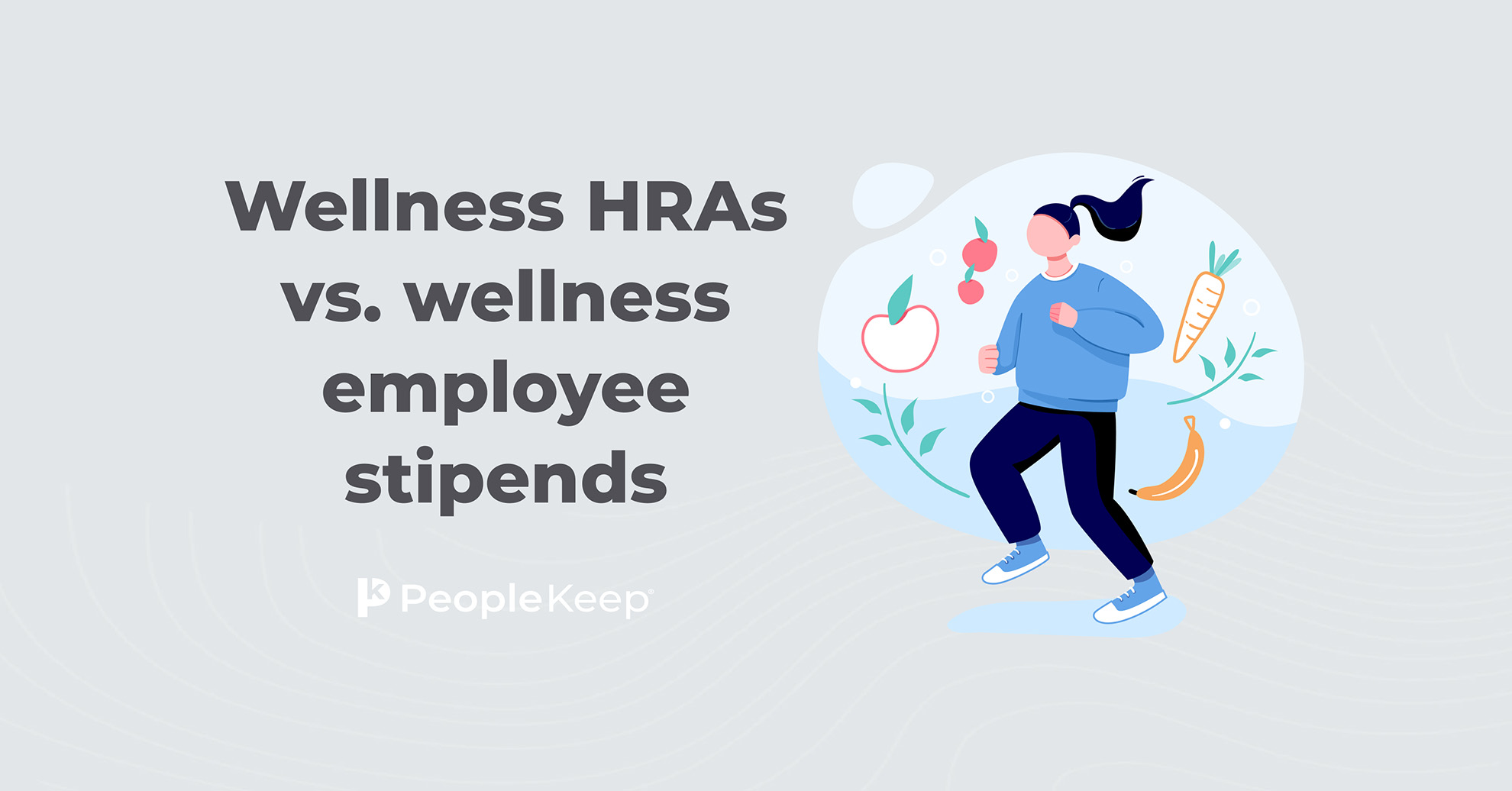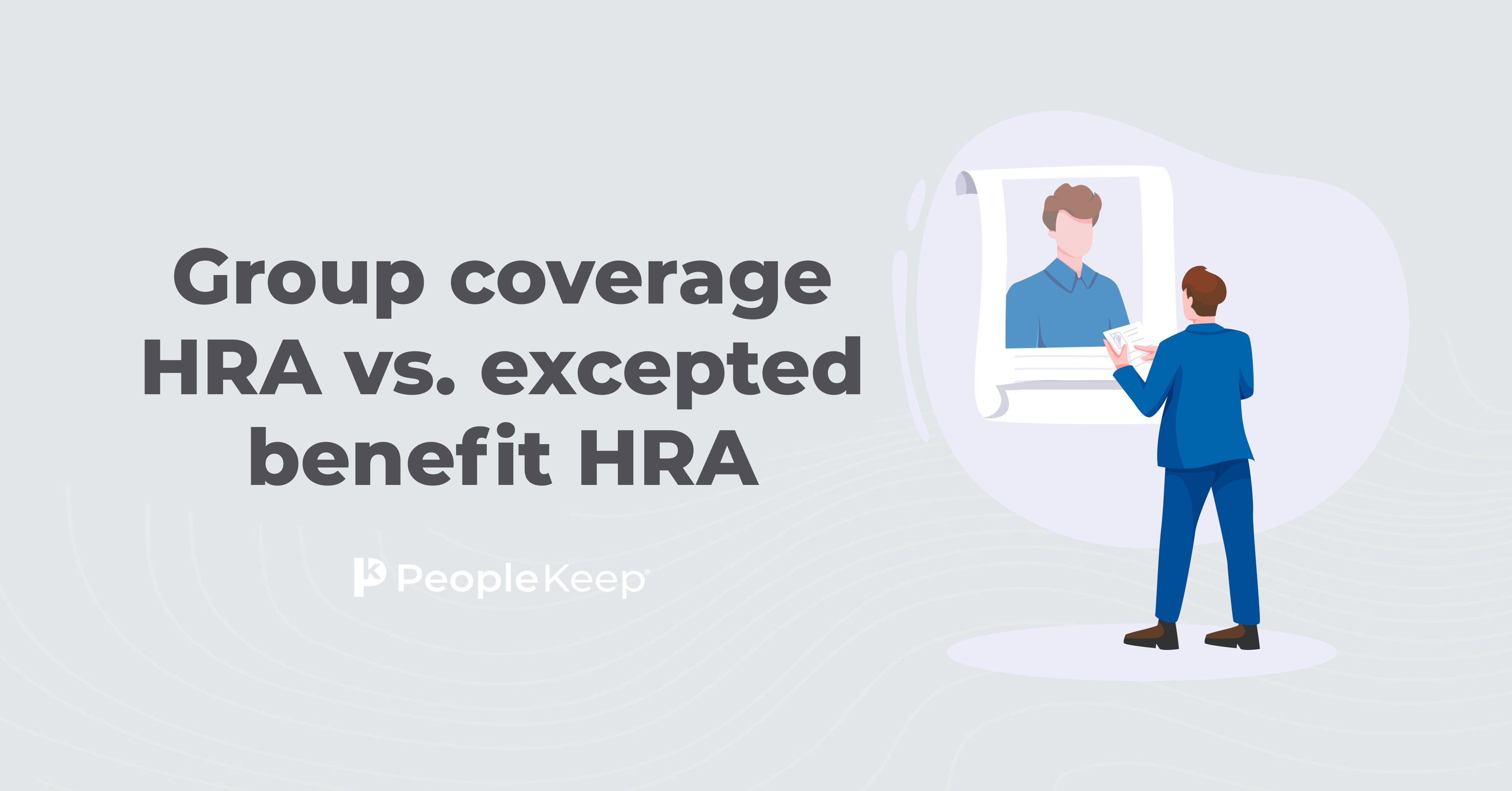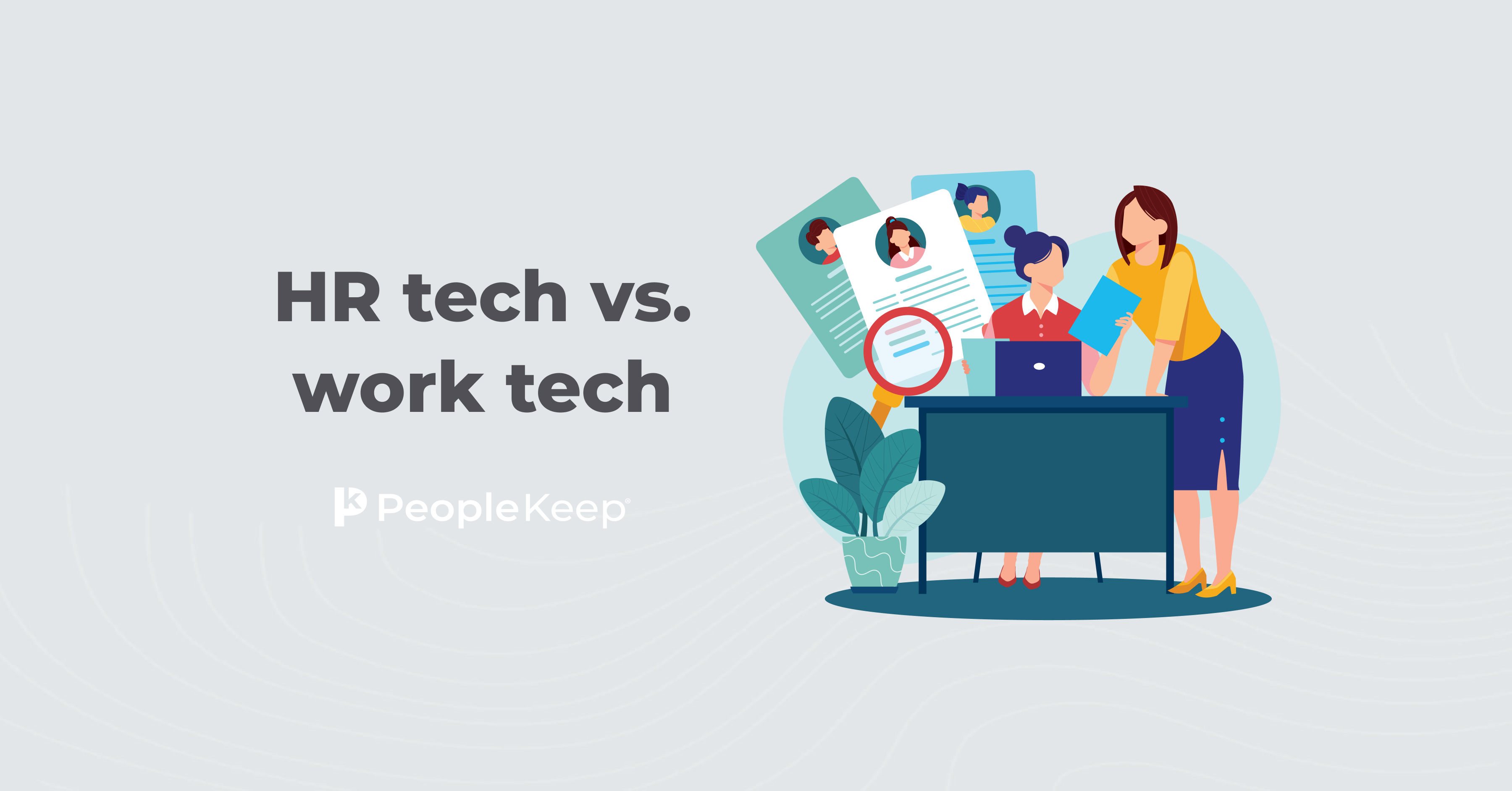HRIS vs. HRMS vs. HCM—top HR acronyms explained
By Holly Bengfort on June 28, 2023 at 7:43 AM
The world of human resources technology has several acronyms that can be confusing for anyone new to the field. Three common acronyms that can be particularly overwhelming are HRIS, HRMS, and HCM. While they all refer to forms of HR tech available to organizations, the tech they refer to have subtle differences.
In this article, we'll explain what each of these acronyms stands for and how they compare to one another.
Human resource information system (HRIS)
HRIS is a software system that automates core HR functions and administrative tasks. This software helps business owners and HR professionals with employee data management. Common HRIS features typically include employee records, such as employee contact information, job titles, and performance evaluations. It can also support an organization’s payroll and attendance.
An HRIS should include the following common features and functions:
- An employee database
- An employee self-service portal
- Benefits administration
- Payroll management
- Employee engagement
- Performance management
- Applicant tracking systems (ATS)
- Hiring processes
- Workflow, scheduling, or resourcing
Some popular HRIS systems include:
- Paycor
- Rippling
- Gusto
- BambooHR
- Workday
- Namely
- Eddy
- ClickUp
Benefits of HRIS
HRIS software is an essential tool for HR professionals. It helps you manage your workforce more efficiently and accurately. It can also improve the employee experience. Plus, the data you collect with an HRIS gives valuable insight into your organization. You can use its reporting capabilities to work toward your business goals and objectives. According to ADP1, some HRIS providers also have monitoring capabilities. This can help you maintain compliance with changing regulations and data security.
Human resource management system (HRMS)
HRMS is a comprehensive software system that combines HRIS with a wide range of other features. Standard features include employee time tracking, employee performance management, recruiting, employee onboarding, and talent acquisition. HRMS helps HR professionals manage all aspects of their workforce. From the recruitment process to retirement, HRMS supports the entire employee lifecycle. This system is more complex than HRIS and is often used by larger organizations with more HR needs.
Some examples of HRMS software providers include:
- Rippling
- Trinet
- Paycor
- Paycom
- Workday
- Justworks
- Deel
- BambooHR
Benefits of HRMS
HRMS stores important information all in one place so it's easily accessible. It also saves you time by automating many classic HR functions. Plus, it can drastically increase employee retention by improving hiring, onboarding, and training. The eLearning Industry2 found that 92% of employees say well-planned and executed training positively impacts their engagement level.
Human capital management (HCM)
Human capital management (HCM) is a broader concept than HRIS or HRMS. It includes HRIS and HRMS but also focuses on using data to drive decisions about people management.
It's an approach that emphasizes workforce management rather than just the administrative functions of HR. HCM covers everything from attracting and retaining top talent to developing employees' skills and creating a positive company culture. HCM systems often include features such as workforce planning, talent management, and succession planning.
It encompasses recruiting and onboarding, employee development and training, employee compensation, employee benefits, and other areas like diversity and inclusion initiatives.
Here are some popular HCM systems:
- BambooHR
- Rippling
- Deel
- UKG Pro
- Proliant
- TalentHR
- Workday
- Paychex Flex
Benefits of HCM
According to IBM3, the greatest benefit of HCM is it allows organizations to get the most value from their employees. On top of simplifying HR duties, it can help match the right employee to the right job. It can also increase productivity, reduce costs, increase return on investment (ROI), and boost employee satisfaction.
How they compare
Essentially, HRIS is more focused on data management, while HRMS and HCM are broader in scope and offer more extensive functionality. But different systems come with different features.
Here's a general summary of each tool:
- HRIS refers to software organizations use to manage employee data, such as personal information, job history, and benefits.
- HRMS is a broader term that encompasses HRIS but also includes additional features such as performance management and payroll.
- HCM is another term often used interchangeably with HRMS. It also includes talent management and workforce planning.
Additional software to invest in
Beyond these software solutions, you should consider other HR software that can make your life easier.
When it comes to employee benefits, administering them on your own can be time-consuming and confusing. That’s why PeopleKeep offers personalized employee benefits administration software. With PeopleKeep, you can develop a personalized health benefit plan that reduces administrative work. It can also increase your organization’s employee satisfaction, retention, and recruitment.
With help from our dedicated team, you can easily offer your employees a health reimbursement arrangement (HRA) with our software.
PeopleKeep enables you to set up any of the following HRAs:
- Qualified small employer HRA (QSEHRA): A QSEHRA is for small employers with 50 or fewer full-time equivalent employees (FTEs). It's an alternative to group health insurance that allows you to offer health benefits on a budget.
- Individual coverage HRA (ICHRA): An ICHRA is for businesses of all sizes. This flexible health benefit has no maximum contribution limits, and you can vary allowances and eligibility by class.
- Group coverage HRA (GCHRA): You can offer a GCHRA to supplement group health insurance. This helps employees with their out-of-pocket expenses.
These perks can make a big difference in your organization. Our 2024 Employee Benefits Survey Report found that 81% of employees say that the benefits package an employer offers is an important factor in whether applicants accept a job.
Conclusion
While HRIS and HRMS both focus on managing employee data, HRMS is a more comprehensive system that includes additional HR functions. HCM, on the other hand, is a broader approach to managing human capital that encompasses a range of HR activities, from attracting and retaining talent to developing employees' skills.
Understanding the difference between HRIS, HRMS, and HCM can be confusing at first, but it is essential for HR professionals to know the distinctions. By knowing which system or approach is best for your organization's needs, you can ensure that you are effectively streamlining core HR processes and setting your business up for success.
This blog article was originally published on June 28, 2023.
Check out more resources
See these related articles

Wellness HRAs vs. wellness employee stipends
Trying to decide between wellness HRAs and wellness employee stipends? This guide will help you make the best choice for your company's wellness incentives.

Group coverage HRA vs. excepted benefit HRA
Get a side-by-side comparison of group coverage HRAs and excepted benefit HRAs so you can know which one is best to supplement your group health plan.

HR tech vs. work tech
Curious about HR tech and work tech? Learn about the distinctions between the two and how they can benefit your organization in this helpful guide.



